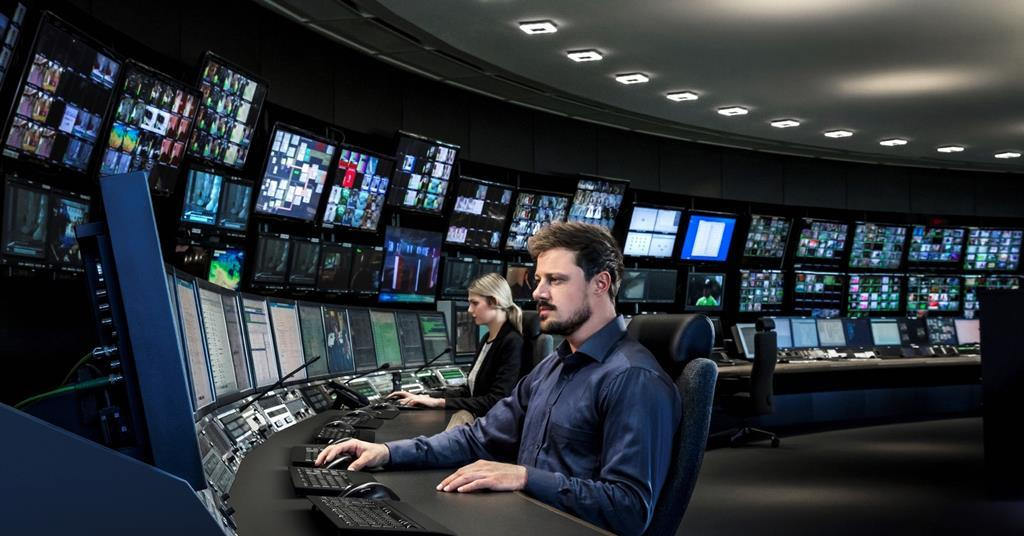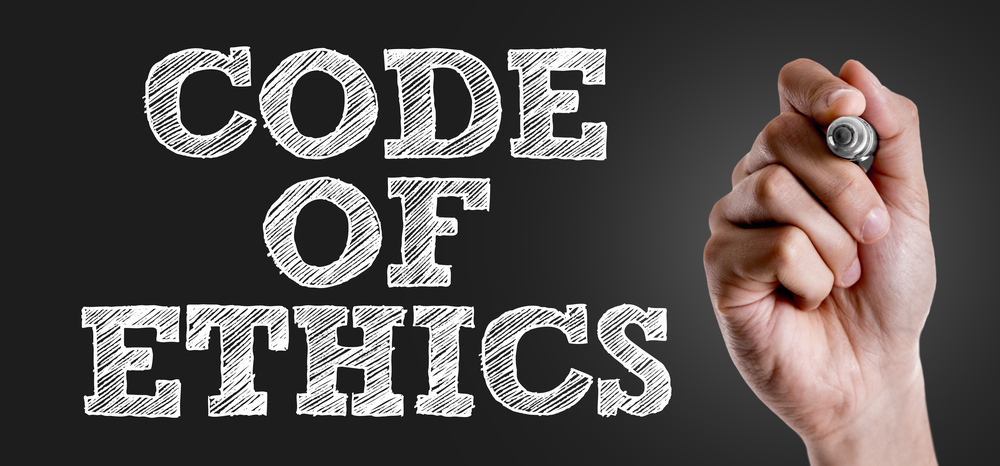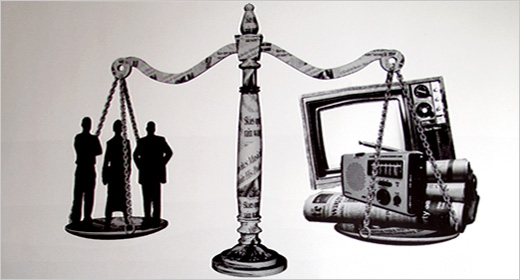Broadcast Management and Promotion Strategies
1. Strategies for Promoting Broadcast Content
Promotional Planning
Define Objectives: Clearly outline what you want to achieve with your promotional strategy, such as increasing viewership, building brand awareness, or launching a new program.
Target Audience Identification: Understand who your audience is, including their preferences, demographics, and viewing habits so you can tailor your promotional content effectively.
Effective Promotion Techniques
Multi-Channel Campaigns: Utilize various platforms (TV spots, print media, online ads) to promote content and reach the audience through different touchpoints.
Teaser Trailers: Create engaging trailers or sneak peeks of the content to generate excitement and anticipation prior to the broadcast.
Behind-the-Scenes Content: Share exclusive insights, interviews, and behind-the-scenes footage to create engagement and audience investment in the programming.
Partnerships and Collaborations
Cross-Promotions: Collaborate with other networks or brands to promote shared content or events, helping to leverage each partner’s audience.
Sponsorships: Partnering with brands for sponsorship can provide financial support while enhancing credibility through association.
2. Audience Development and Engagement
Building Audience Relationships
Identify Target Audience: Understand the demographics and preferences of your audience to tailor content that resonates with them.
Focus on Retention: Develop strategies not only to attract new viewers but also to retain existing ones through consistent quality programming and engagement.
Engagement Strategies
Interactive Content: Utilize polls, contests, and live chats during broadcasts to encourage audience interaction and participation.
Feedback Channels: Provide mechanisms for audiences to give feedback, such as surveys or social media comments, enabling you to better understand their preferences.
Community Building
Fostering Community: Create a sense of belonging through dedicated forums, social media groups, or listener clubs where fans can connect, share, and discuss.
Listener Events: Host community events, screenings, or meet-and-greets to strengthen ties between the broadcaster and the audience.
3. Social Media's Role in Broadcasting
Social Media Strategies
Content Promotion: Share clips, announcements, and promotional content through platforms like Instagram, Twitter, Facebook, and TikTok to reach wider audiences.
Real-Time Engagement: Use social media for live updates, instant interactions during broadcasts, and responding to audience thoughts and questions in real-time.
Building a Brand Presence
Consistent Branding: Maintain a consistent voice and visual identity across all social media platforms to strengthen brand recognition.
Storytelling: Utilize social media to tell compelling stories about the content, cast, or production process, engaging followers beyond traditional broadcasts.
Analytics and Engagement
Track Performance Metrics: Monitor engagement metrics (likes, shares, comments) to assess what types of content resonate with your audience and adjust strategies accordingly.
Influencer Collaborations: Partner with social media influencers to reach new audiences and leverage their established credibility within specific communities.
4. Creating Effective Advertisements and Promotions
Developing Advertising Content
Clear Messaging: Create advertisements that clearly communicate the value proposition of your broadcast content (e.g., unique storytelling, audience benefits).
Visual Appeal: Use eye-catching graphics, strong visuals, and engaging audio elements that capture the audience's attention quickly.
Distribution of Advertisements
Targeted Advertising: Use data analytics to direct ads to specific audience segments that are likely to respond positively.
Timing and Placement: Schedule ads strategically around high-traffic times and during shows that draw your target audience.
Evaluating Advertisement Effectiveness
A/B Testing: Experiment with different ad formats or content to determine which performs better in engaging audiences.
Feedback and Adjustments: Collect feedback from viewers and make necessary adjustments to improve ad effectiveness continually.
5. Broadcast Management and Operations
Understanding Broadcast Management
Operational Structure: Familiarize yourself with the hierarchy and roles involved in broadcast management, including programming, marketing, production, and technical staff.
Workflow Management: Establish efficient workflows for content production, scheduling, and distribution, ensuring that all departments collaborate effectively.
Resource Management
Budgeting: Develop and manage budgets for various projects, ensuring financial resources are allocated appropriately and efficiently.
Talent Management: Recruit, train, and manage on-air talent and production staff, fostering a positive and productive work environment.
Compliance and Quality Control
Regulatory Compliance: Ensure adherence to all broadcasting regulations and standards set forth by governing bodies (e.g., FCC).
Quality Assurance: Implement quality control measures to maintain high standards for all content produced and broadcasted.
Conclusion
This learning material provides a comprehensive understanding of essential strategies for promoting broadcasting content, engaging audiences, utilizing social media, creating effective advertisements, and managing broadcast operations.






